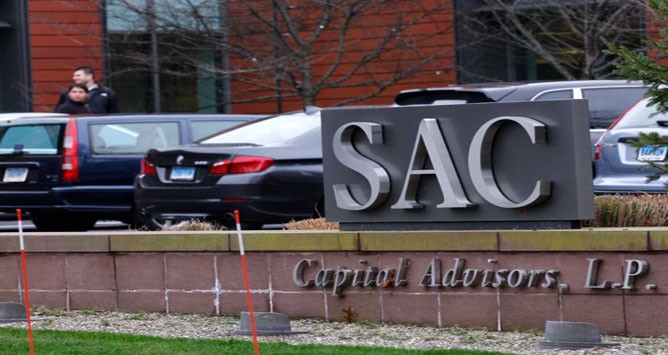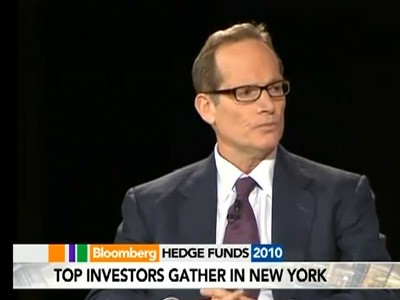Colossal Hedge Fund Failures
Post on: 9 Июнь, 2015 No Comment

Investors and those in the financial services industry are rarely surprised when a small hedge fund goes under, but the failure of a large, multi-billion dollar hedge fund certainly attracts the attention of investors around the world. When a large fund loses a massive amount of money, such as 20 percent or more, in only a few weeks or months, it is deemed an utter disaster. Although investors may be able to recover the majority of their investments, hedge funds are created and marketed on the basis that they will be profitable in the toughest of market conditions.
For hedge fund investors pumping millions of dollars into a fund, losses are not a consideration. It does not take long for losses of such magnitude to lead to a sea of redemptions, causing the fund to close down and become a headline-grabbing disaster. Let’s take a look at some high-profile hedge funds that went belly up in a blaze of infamy, allowing you to become a better-informed investor.
Long-Term Capital Management
Long-Term Capital Management certainly did not live up to its title as it became the face of the most notorious hedge fund failure in history. Founded by John Meriwether of Salomon Brothers and other key players, including a myriad of financial services wizards and a pair of Nobel Prize-winning economists, LTCM started its trading with over $1 billion in eager investor capital. The firm attracted hordes of investors by touting the use of an arbitrage strategy that would exploit temporary behavioral changes in the market that would theoretically reduce risk levels to zero.
The heralded strategy proved to be quite successful for four years from 1994 to 1998. However, when the Russian financial markets began floundering, LTCM placed all its eggs in the belief that the Russian markets would quickly rebound. The firm was so sure in its beliefs that it used derivatives to open sizable, non-hedged market positions, essentially betting with money it would not have available if the market continued to fall.
In August 1998, Russia defaulted on its debt, and LTCM held a substantial position in Russian government bonds. Although the fund was losing hundreds of millions of dollars each day, its computer models continued to recommend that it hold its positions. However, when the losses neared a staggering $4 billion, the U.S. government feared the collapse would trigger a larger financial crisis, so it orchestrated a bailout. It issued LTCM a $3.65-billion loan, enabling LTCM to withstand the volatility and properly liquidate in 2000.
Amaranth Advisors
The meltdown of Long-Term Capital Management may be the most notorious hedge fund collapse in history, but the failure of Amaranth Advisors in 2006 resulted in the most substantial loss of value. With a staggering $9 billion in assets under its management, the fund’s strategy of trading energy was a complete disaster and resulted in a loss of $6 billion on the speculation of natural gas futures.

In the face of fault-laden risk models and less than ideal gas prices due to a weak hurricane season and mild winter weather, gas prices could not raise to the level needed to generate profits for the fund and its investor clients. In the end, a whopping $5 billion was lost in a one-week span, sparking a CFTC investigation as the firm was charged with attempted manipulation of future natural gas prices.
Established in 2003 by the top derivatives traders of Europe’s largest bank, UBS, Aman Capital was poised to become Singapore’s largest hedge fund. However, over-leveraged trades in the realm of credit derivatives led to a loss of hundreds of millions of dollars. By March 2005, the once confident fund only had $242 million in assets remaining under its management. Investors lined up to redeem assets, forcing the fund to close its doors only two years after it was set up.
Despite raising an impressive $6 billion in assets, Julian Robertson’s Tiger Funds dissipated in 2000. Known as a value investor, Robertson bet the house on promising stocks and shorted stocks he viewed less valuable. The time-tested strategy seemed to be working fine, but it quickly went sideways when the technology sector entered into a bull market. Seemingly making a smart play, Robertson shorted over-inflated tech stocks with overvalued price to earnings ratios and no visible signs of future profits. Unfortunately, the tech stocks continued to skyrocket, causing Tiger Funds to suffer insurmountable losses, and a man once deemed hedge fund royalty was dethroned after losing billions of dollars.
Despite these epic failures, hedge funds continue to hold a unique allure, attracting investors looking to capitalize on the variety of strategies that they offer. Wise investors, however, must view hedge funds in the same light as any other type of investment. Smart investors always assess risk and never put all of their eggs into one basket. Therefore, if you are considering branching out from the profitable realm of penny stocks and adding a hedge fund to your portfolio, you should thoroughly research the fund before writing a check. Most importantly, do not fall victim to all of the hype, and always remember that when something sounds too good to be true, it usually is.














